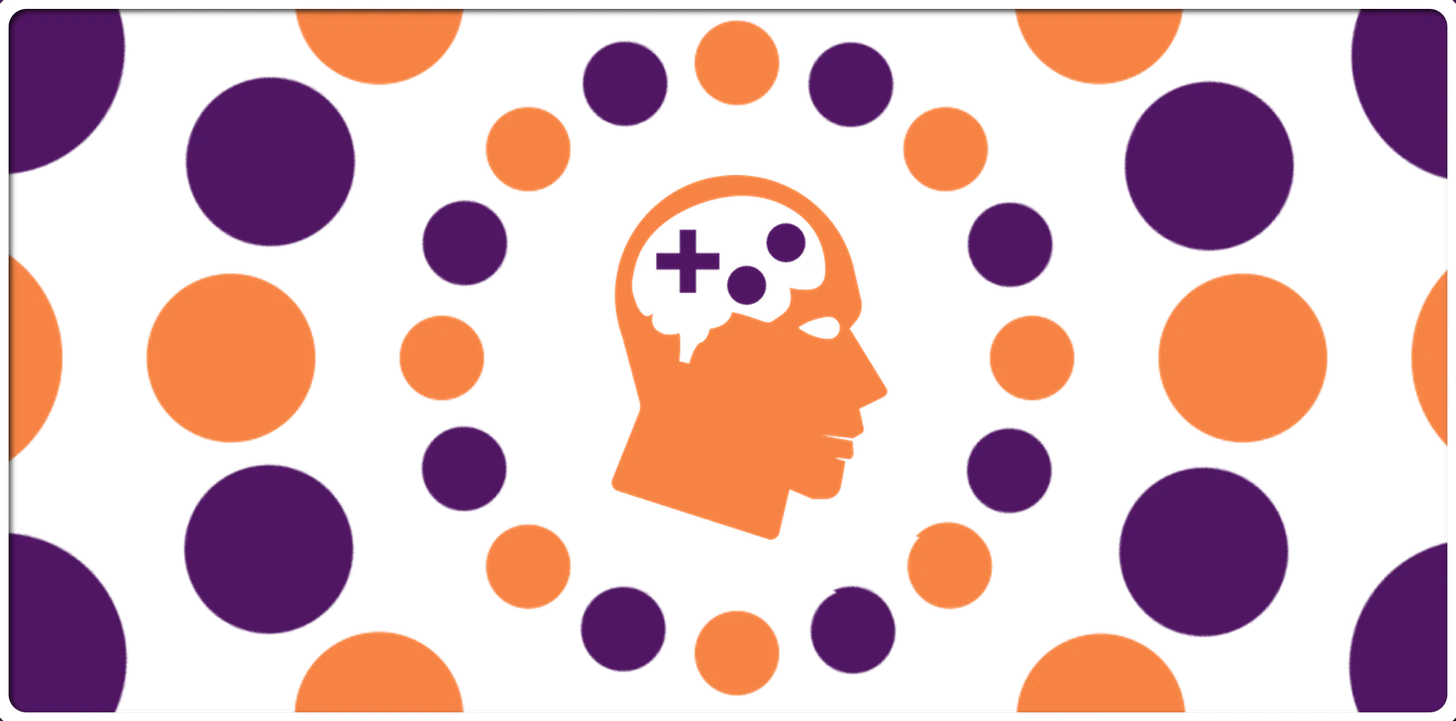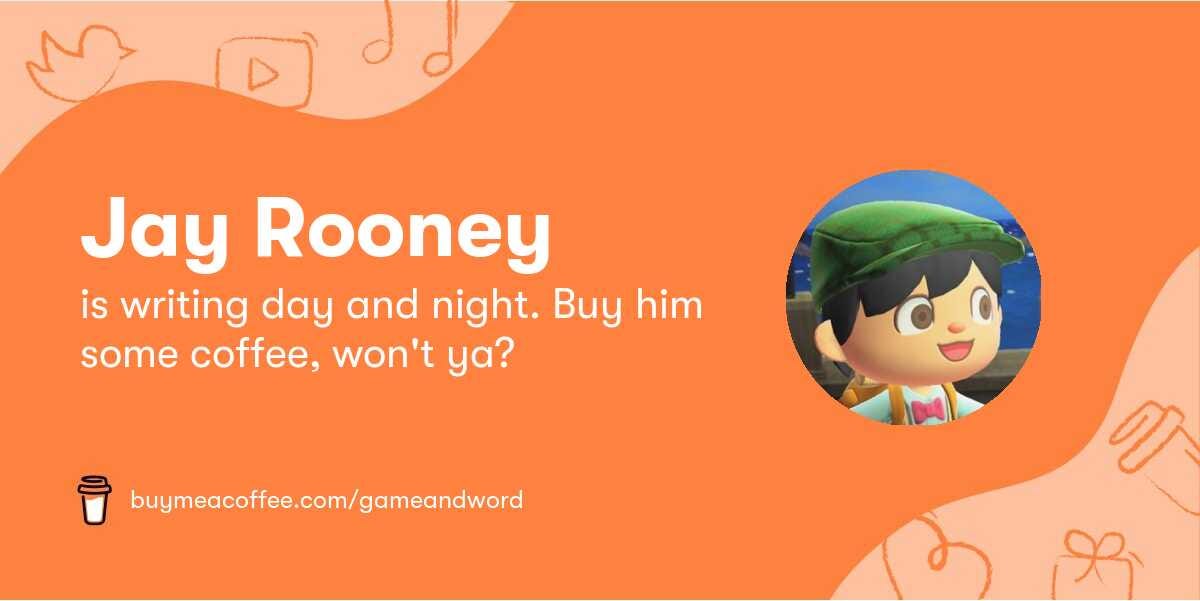Issue 3.1: The Masks We Wear
The Legend of Zelda: Majora’s Mask, According to Jungian Psychology [A Symbolic and Psychological Analysis]
Hello! If you enjoy Game & Word, please hit the “heart” button at the very top or very bottom of this post, or on the bottom-left corner of the Substack app. It helps more people find Game & Word, which helps us survive and grow!
NOTE: Gmail users, you might see a truncated version of this message. If this happens to you, just click the “View entire message” link next to where it says “[Message clipped]” to read the rest.
Credits
Publisher: Jay Rooney
Author, Graphics, Research: Jay Rooney
Logo: Jarnest Media
Founding Members:
Le_Takas, from Luzern, Switzerland (Member since April 14, 2022)
Ela F., from San Diego, CA (Member since April 24, 2022)
Special Thanks:
Chris Brandrick of Switch Weekly for plugging the book giveaway last week!
Accurate-Road of Miami, FL, on becoming Game & Word’s 200th subscriber. Congratulations!
YOU, for reading this issue.
Table of Contents (Vol. 3, Issue 1: Sun., May 1, 2022)
Summary & Housekeeping
Feature: “The Masks We Wear” (~27 minute read)
Food for Talk: Discussion Prompts
Further Reading
Game & Word-of-Mouth
Footnotes
Summary:
Today, we’ll begin our descent into the depths of the human psyche by examining one of Jungian psychology’s central concepts—the persona—as depicted in the Nintendo 64 classic, The Legend of Zelda: Majora’s Mask.
Housekeeping:
First things first: WELCOME, NEW SUBSCRIBERS!!! Whether you found me through Switch Weekly, Twitter, or a Substack recommendation, I’m so thrilled you can join us for Game & Word’s most ambitious series to date.
Please let me know if you enjoyed this article by clicking the “like” button, dropping a comment, replying to this email, or sharing it with a friend. I’m always happy to hear from my readers! And if you really enjoy my content, consider directly supporting its future development by upgrading to a paid subscription or Founding Membership.
And don’t forget, we’ve got a huge book giveaway going on this month! Two lucky winners will get a signed copy of The Psychology of Zelda or The Psychology of Final Fantasy. No purchase is needed. Contest details and eligibility requirements can be found below:
Thank you all, from the deepest reaches of my soul. This issue, and indeed this whole publication, is for you.
Cheers,
~Jay Rooney
Publisher, Game & Word
Previous Issues:
Volume 1 (The Name of the Game): Issue 1 ● Issue 2 ● Issue 3 ● Issue 4
Volume 2 (Yo Ho Ho, It’s a Gamer’s Life for Me): Issue 1 ● Issue 2 ● Issue 3 ● Bonus 1 ● Issue 4 ● Issue 5 ● Issue 6 ● Issue 7 ● Bonus 2 ● Issue 8 ● Bonus 3
Volume 3 (Game Over Matter): Cover Issue
Or, you can help offset my caffeine costs by chipping in for a Cup of Joe:
Feature: “The Masks We Wear”

Welcome to Game & Word Tour Operators, LLC, and thank you for joining us for our once-in-a-lifetime “Depths of the Human Mind” adventure package! During this journey, we will descend into the very center of the psyche, learn how our minds work, and tug on the very fabric of reality. If we’re really fortunate, we may even get to connect with the ultimate intelligence of the universe, if only for an instant.
But beware, as this trip is not for the faint of heart. A mind can be a place of discovery, wonder, happiness, and awe. But just like the humans that manifest it, each mind also houses evil, violence, cruelty, and sorrow. No two journeys into even the same mind ever turn out alike, and you must be prepared for the possibility of learning things you’d rather have left unlearnt.
But fear not! You’ll never be in any actual danger, for our vehicle for this journey is a very powerful vessel, indeed: the artistic, narrative, and educational medium of video games.
Thanks to video games, we can take these journeys from the comfort of our living rooms, during our bathroom breaks, while in line at the DMV, or during long flights. And when the journey ends, we’ll be right back where we started, where we were all along. Our minds take the journey, while our bodies stay put.
Though that begs the question: to paraphrase Morpheus from The Matrix, if something is real only in your mind, doesn’t that mean your mind makes it real?
But let’s not get ahead of ourselves. Today, we won’t go quite that deep. We’re not trying to fry your brain here! Well, not too much, anyway. So we’ll start with something easier to grasp and process: our personalities. And our learning material is a beloved gaming classic: The Legend of Zelda, Majora’s Mask. Are you ready? Then please review the following safety instructions before we depart:
🚨🚨🚨 SPOILER ALERT 🚨🚨🚨
This article contains visual, plot, and thematic spoilers for The Legend of Zelda: Majora’s Mask. You've been warned!
⚠️⚠️⚠️ CONTENT WARNING ⚠️⚠️⚠️
This article contains discussions of death, mental/emotional distress, and despair, as well as visual depictions of physical and emotional pain. If these topics upset you, please proceed with caution. Section(s) discussing these topics will be clearly labeled under the subhead.
All ready? Then please buckle your seatbelts, keep your arms and legs inside the car for the duration of the voyage, and make sure your complimentary vial of emergency smelling salts remains within easy reach at all times!1
Bon voyage!







